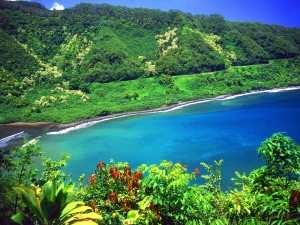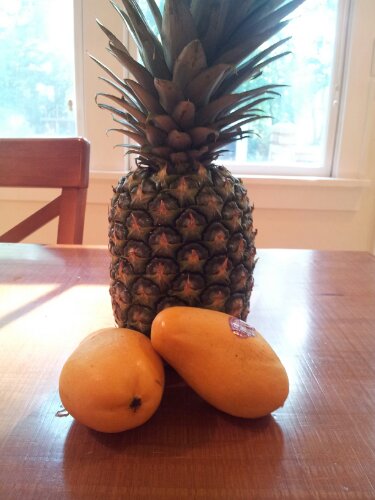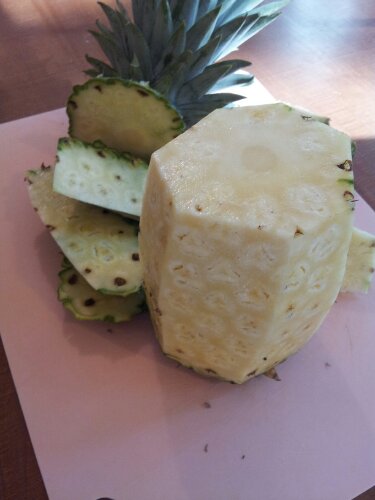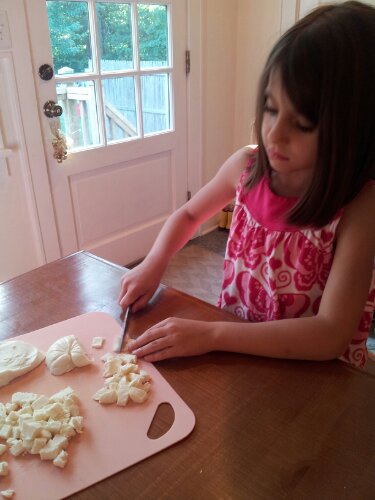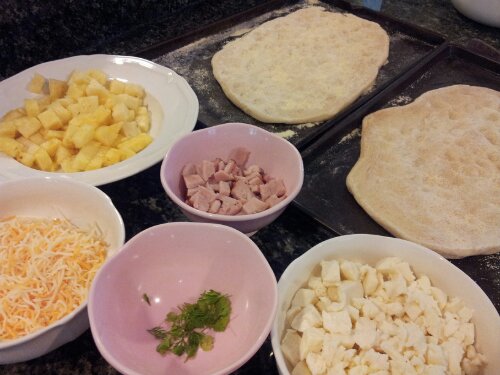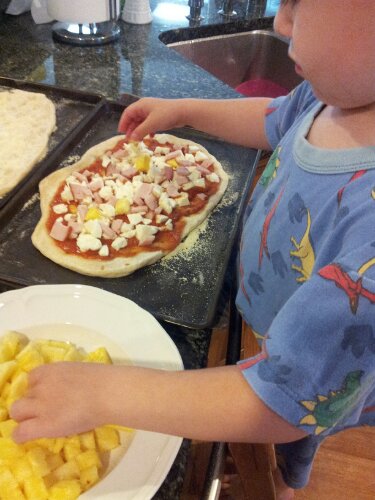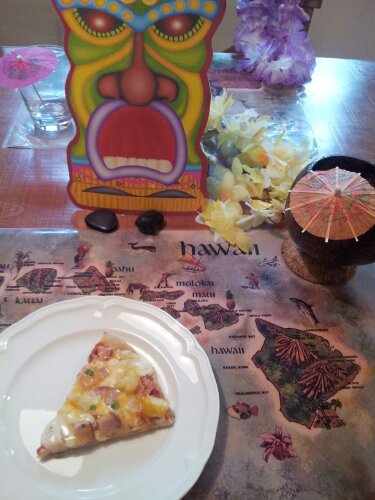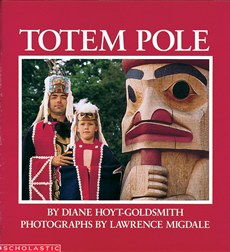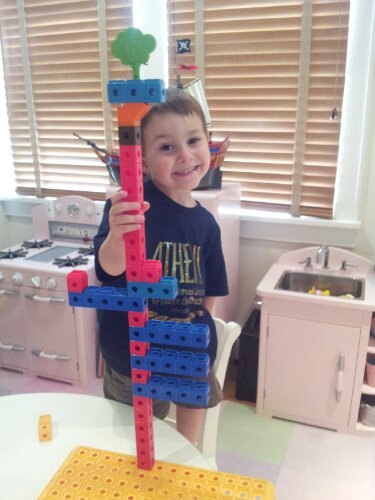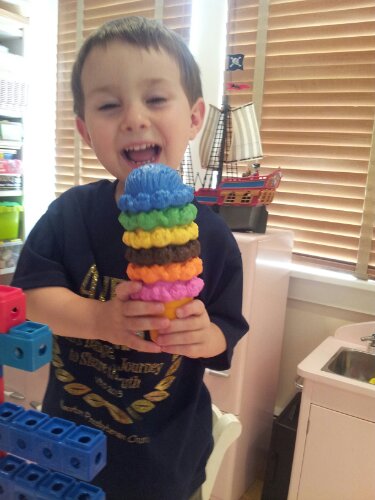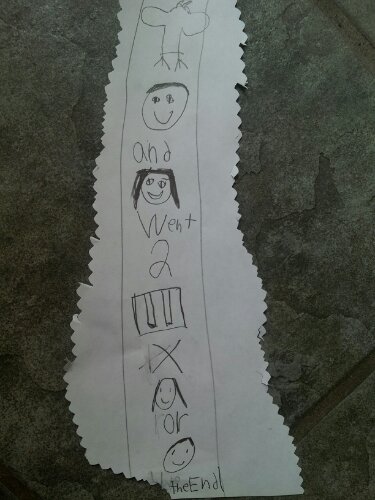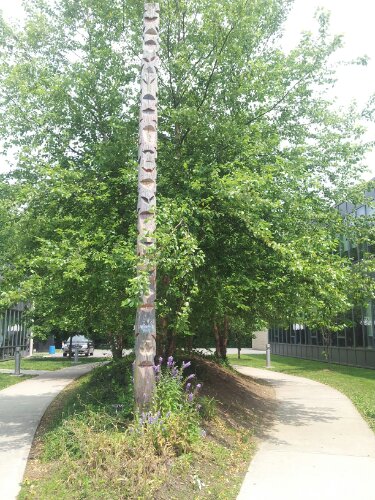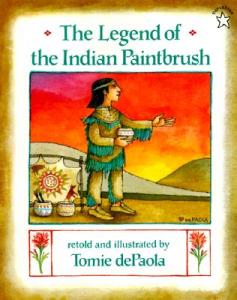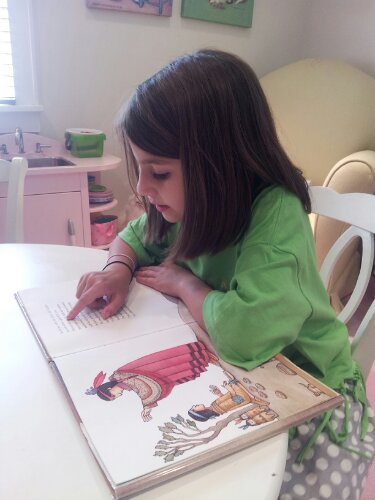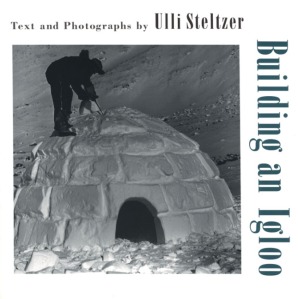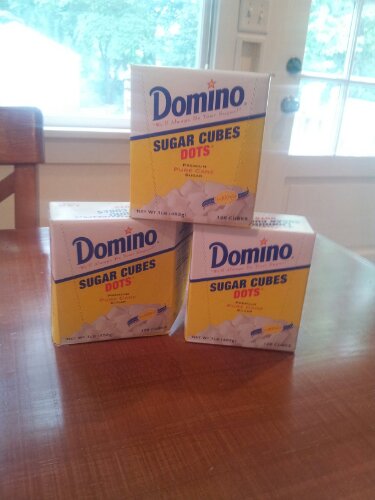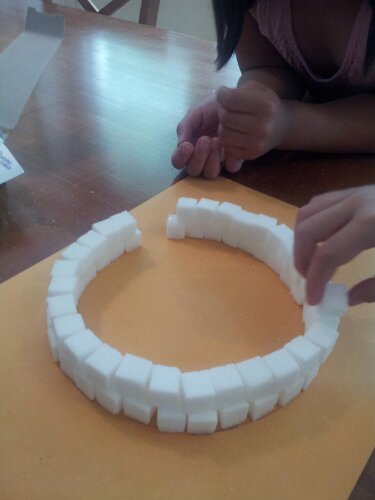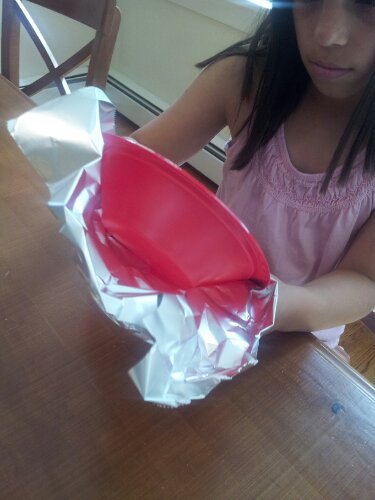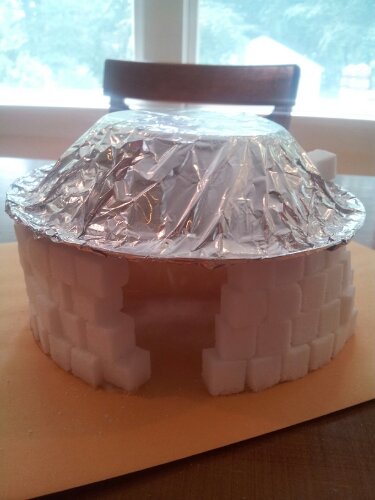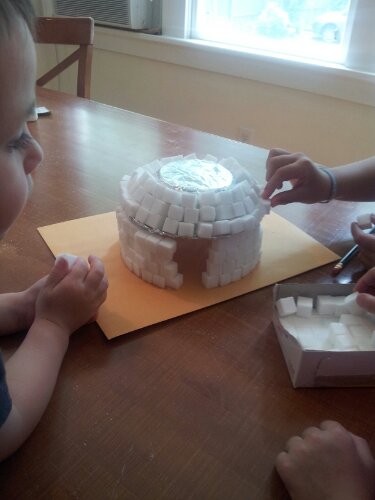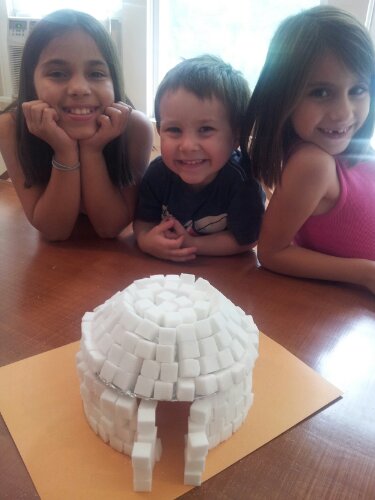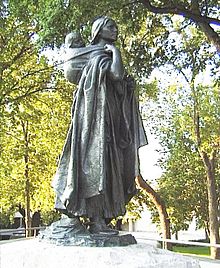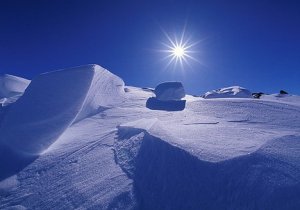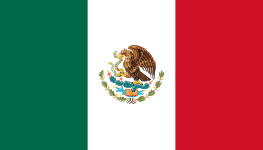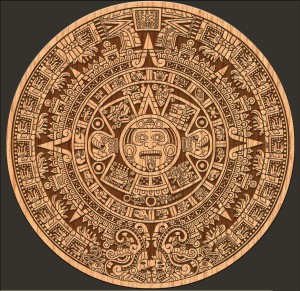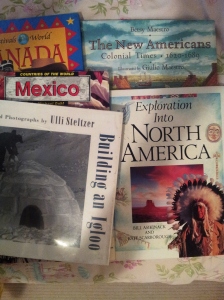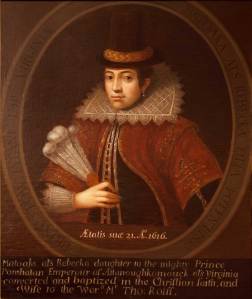We decided to save the beautiful islands of Hawaii for the last day of our North American tour. From the children’s travel guide Kidding Around The Hawaiian Islands we learned that the first inhabitants of the islands arrived by canoe in around 500 AD. Visitors would continue to travel solely by boat to the tropical islands until 1927 when the first non-stop flight arrived on Hawaii from the mainland. Even with all that is imported today, tropical fruits remain a staple of the Hawaiian cuisine.
We picked up a pineapple and some mangos at the store and CZ quickly suggested Hawaiian pizza, something she’s always wanted to try. So we agreed to pizza (although that didn’t seem particularly authentic to me, but probably has more kid appeal than some of the other options) as well as a tropical smoothie. Yum!
Here’s how we made Hawaiian pizza:
First we cut open the pineapple.
And diced it into small cubes.
We also cut up a ball of fresh mozzarella and diced some ham.
We lay out all of our toppings: pineapple, ham, fresh mozzarella cheese, shredded cheddar cheese and cilantro. And then divided the pizza dough into two parts and stretched them flat on two baking pans. We decided to use a charcoal grill to cook our pizzas, although a 425° oven works as well. We cooked the dough without toppings for a minute or two…
And then added sauce…
Cheese and toppings. We put the mozzarella underneath the ham and pineapple and then sprinkled the cheddar on top. Save the cilantro til after it cooks.
Onto the pizza stone in the grill it goes for about 10 min.
Remove from heat and sprinkle cilantro on top…
Let cool for a second because it will be HOT from the grill. Turn on some luau music to set the mood…
And enjoy!

